St. Ignace was founded in 1671 by Father Marquette and is named for St. Ignatius of Loyola, founder of the Jesuit religious order. Jacques Marquette was a French Jesuit missionary who brought his Roman Catholic faith to the native people. He was ordained in 1666 in France and assigned to be a missionary in New France. He founded missions in St. Ignace, Sault Ste. Marie, and Kaskaskia, IL.
The mission in St. Ignace was founded with a band of Huron and Ottawa Indians and two years later, Father Marquette left to become one of the first Europeans to map the Mississippi River. Throughout St. Ignace and the rest of Michigan, you can see the influence Father Marquette had on the area.
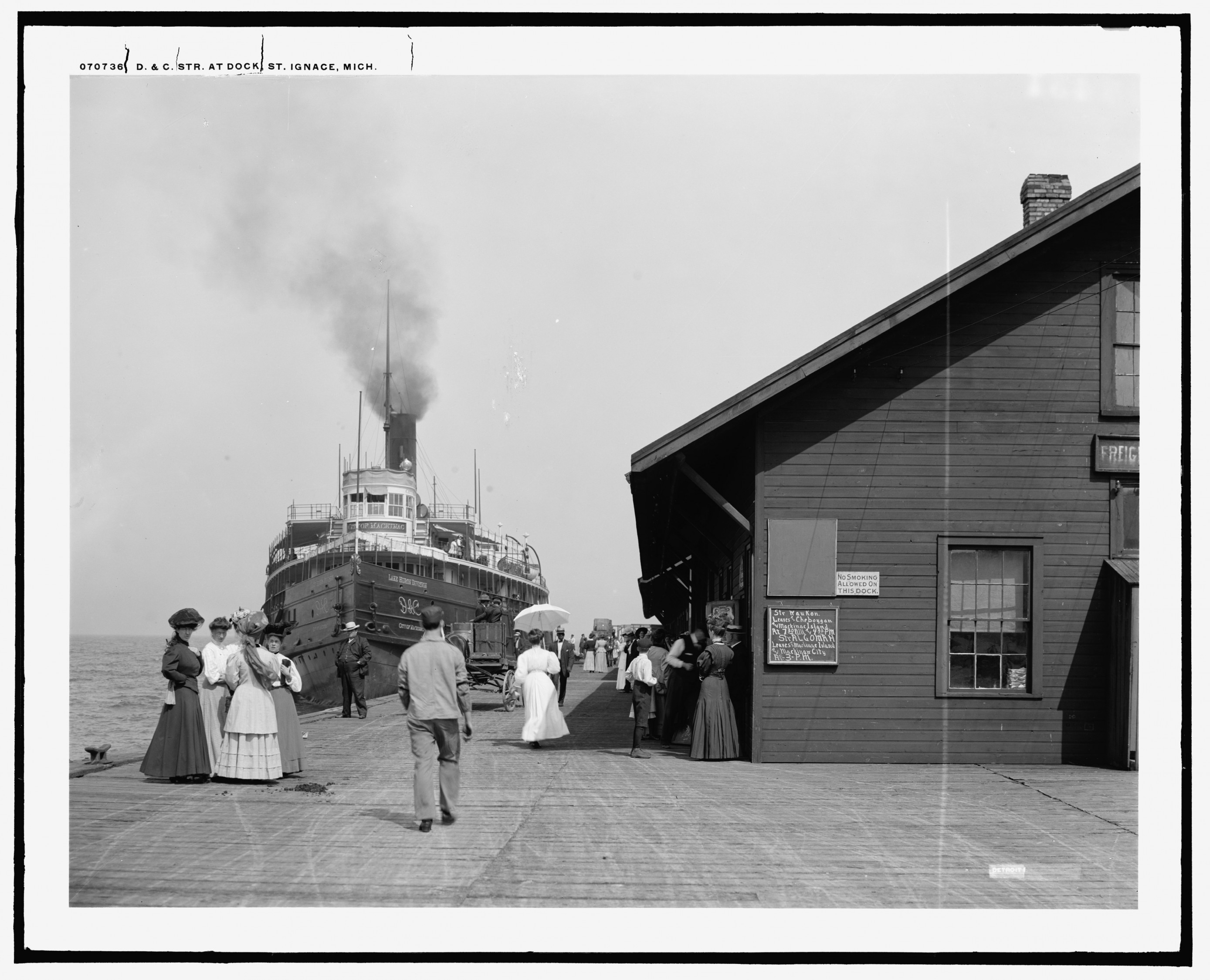
To protect the fur trade, the French built a military outpost called Fort de Buade here in 1683. Until the establishment of Detroit in 1701, St. Ignace was among the largest settlements in what was then New France. With the defeat of the French during the Seven Years War, the British arrived to the area.
With the decline of the fur trade, commercial fishing and logging became the way of life in St. Ignace. Growth continued when the Mackinaw Lumber Company built its first sawmill in the 1870s. The Detroit, Mackinac and Marquette Railroad, later taken over by Duluth, South Shore and Atlantic Railway, opened a terminus in St. Ignace. When both St. Ignace and Mackinaw City had rail service, the Mackinac Transportation Company was formed to link the Straits with ferries capable of making the crossing all year. All-season service started in 1888 with the arrival of the ferry Saint Ignace. Isolation during winter months was no longer such an issue. When the Martel Furnace Company, a smelting operation that made quality steel, began production in the 1880s, it further added to the economy.
TIMELINE
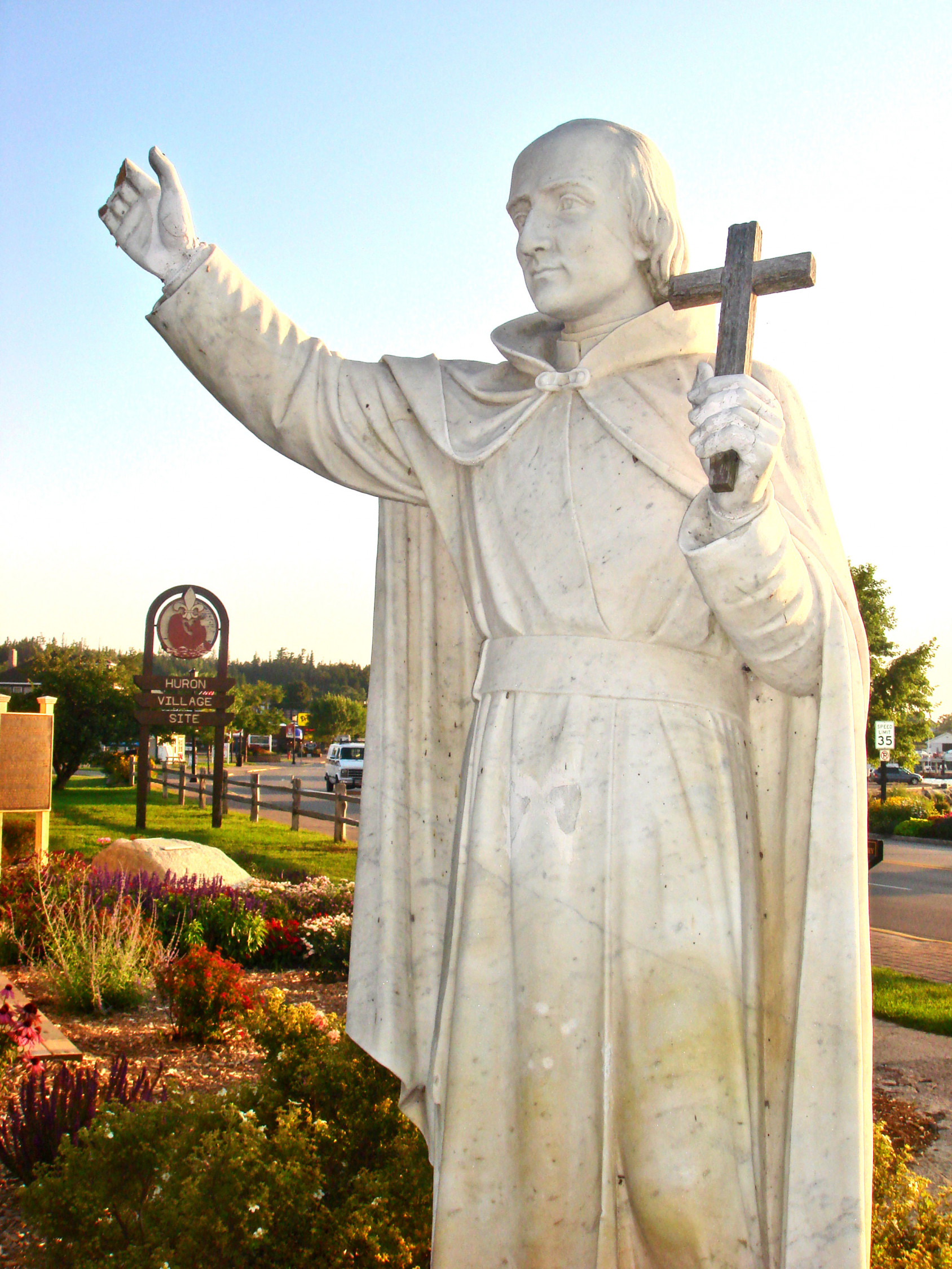
1671
Father Marquette establishes a post at St. Ignace
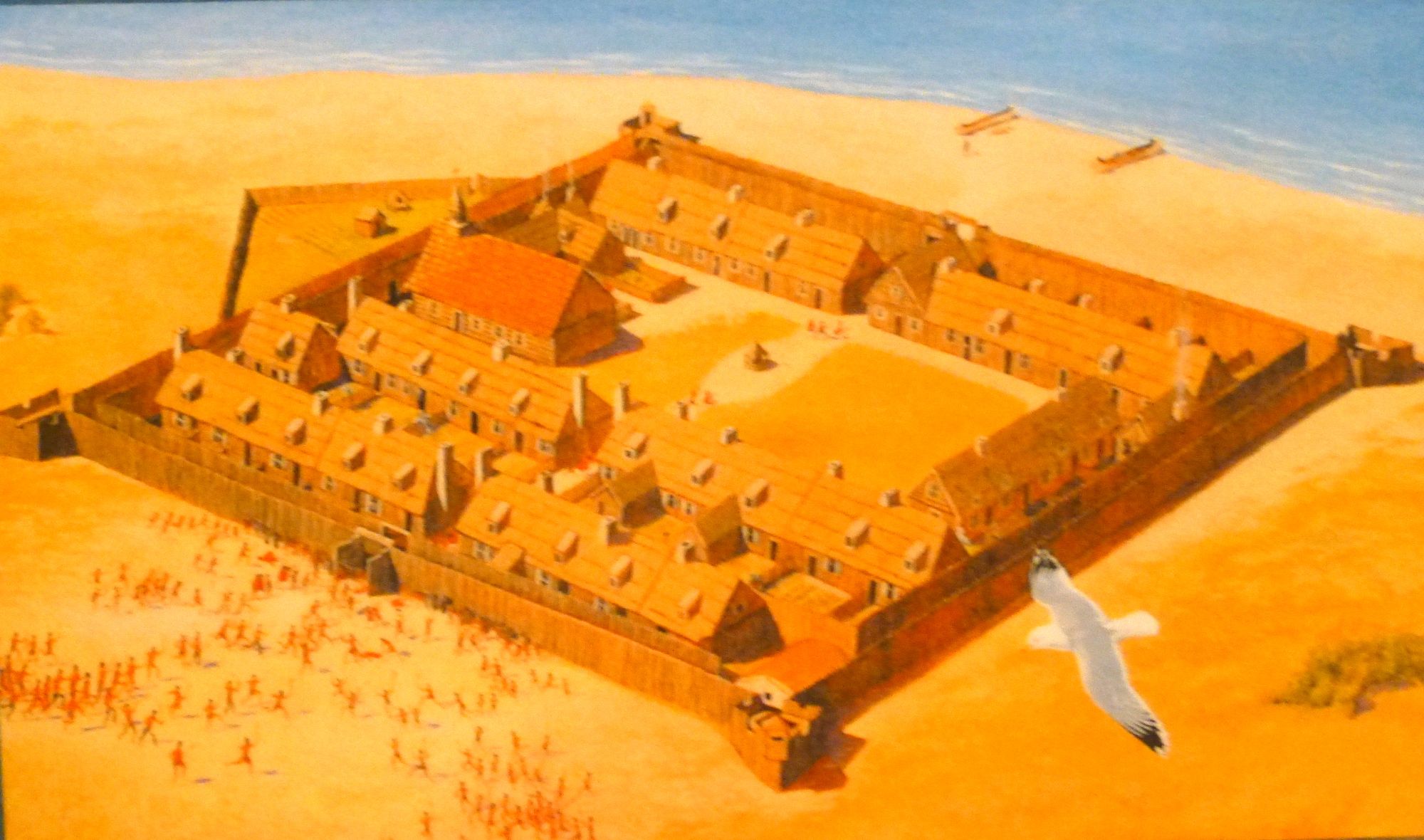
1683
French Military post Fort de Buade is built (location remains unknown)
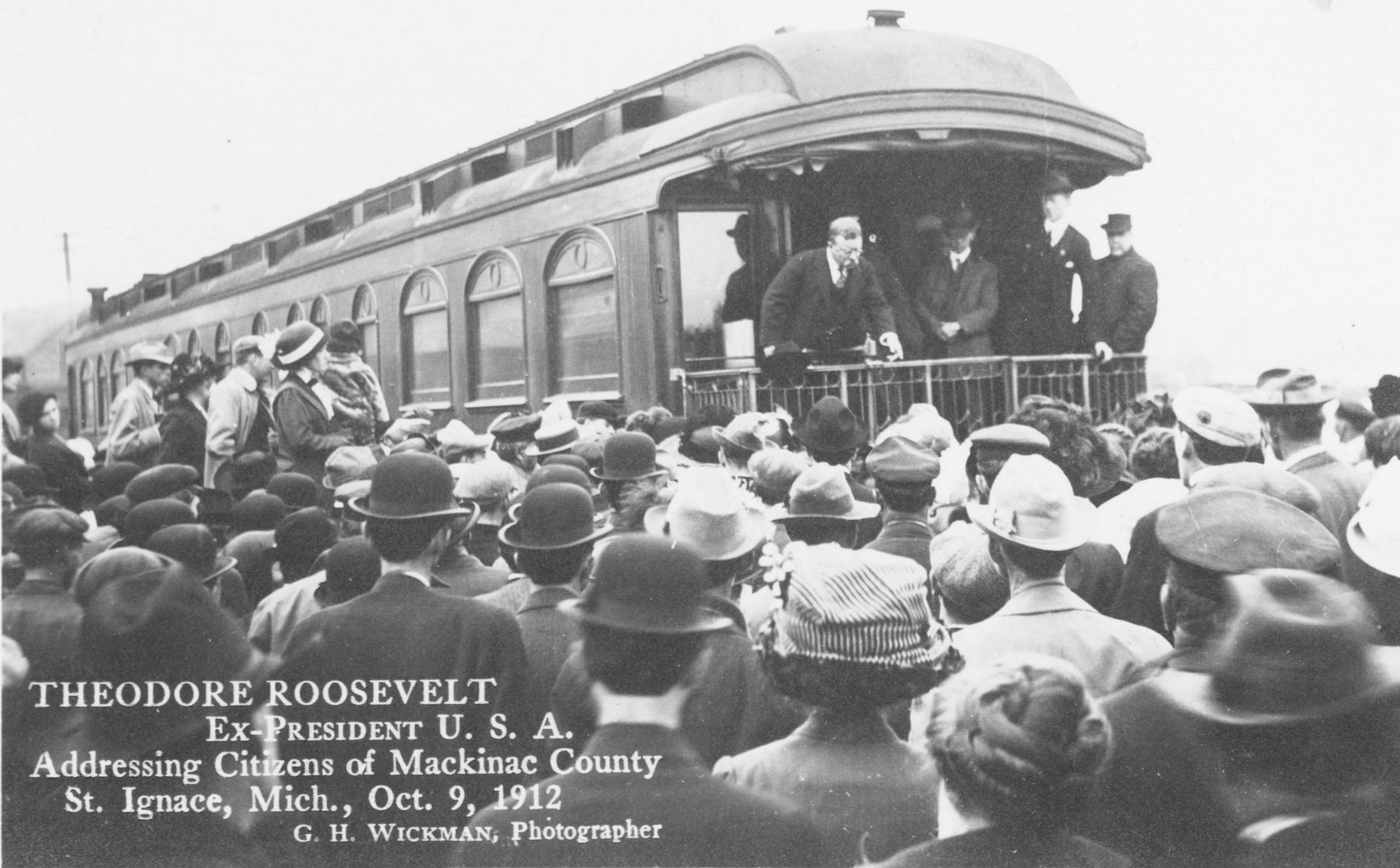
1912
President Theodore Roosevelt visits St. Ignace
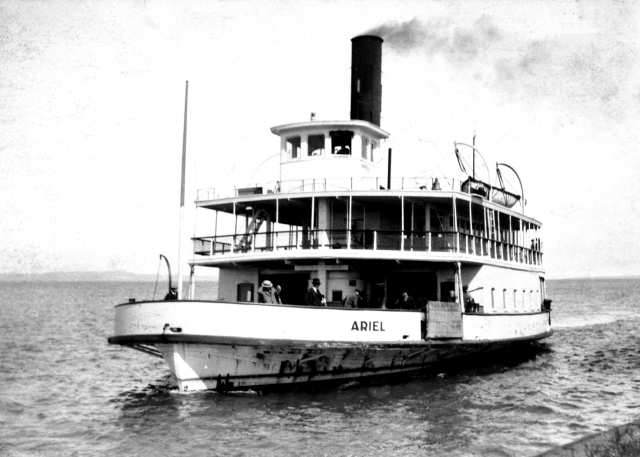
1923
Michigan State Ferry Service established
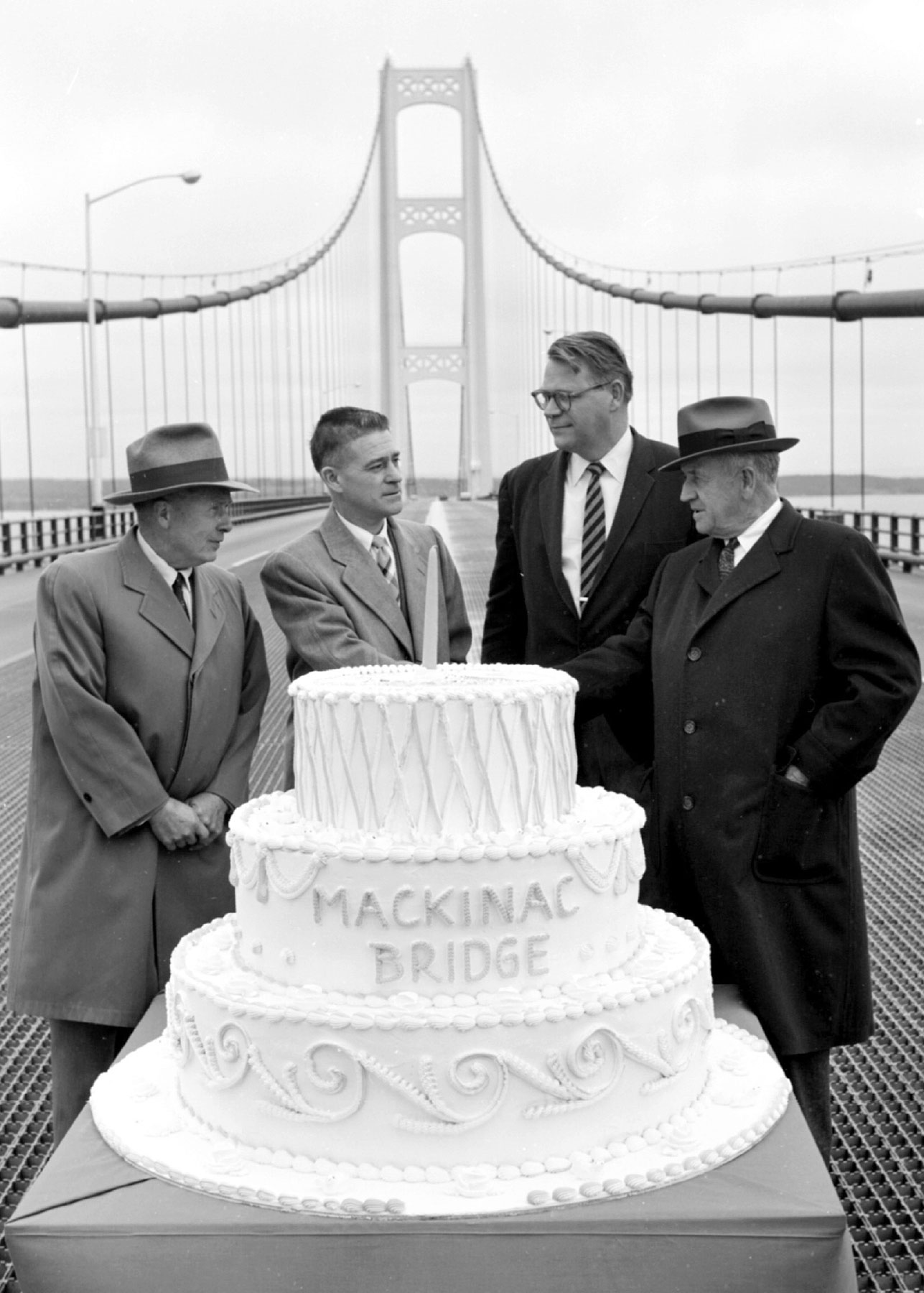
1957
Mackinac Bridge finally opens

2006
Wawatam Lighthouse is installed downtown

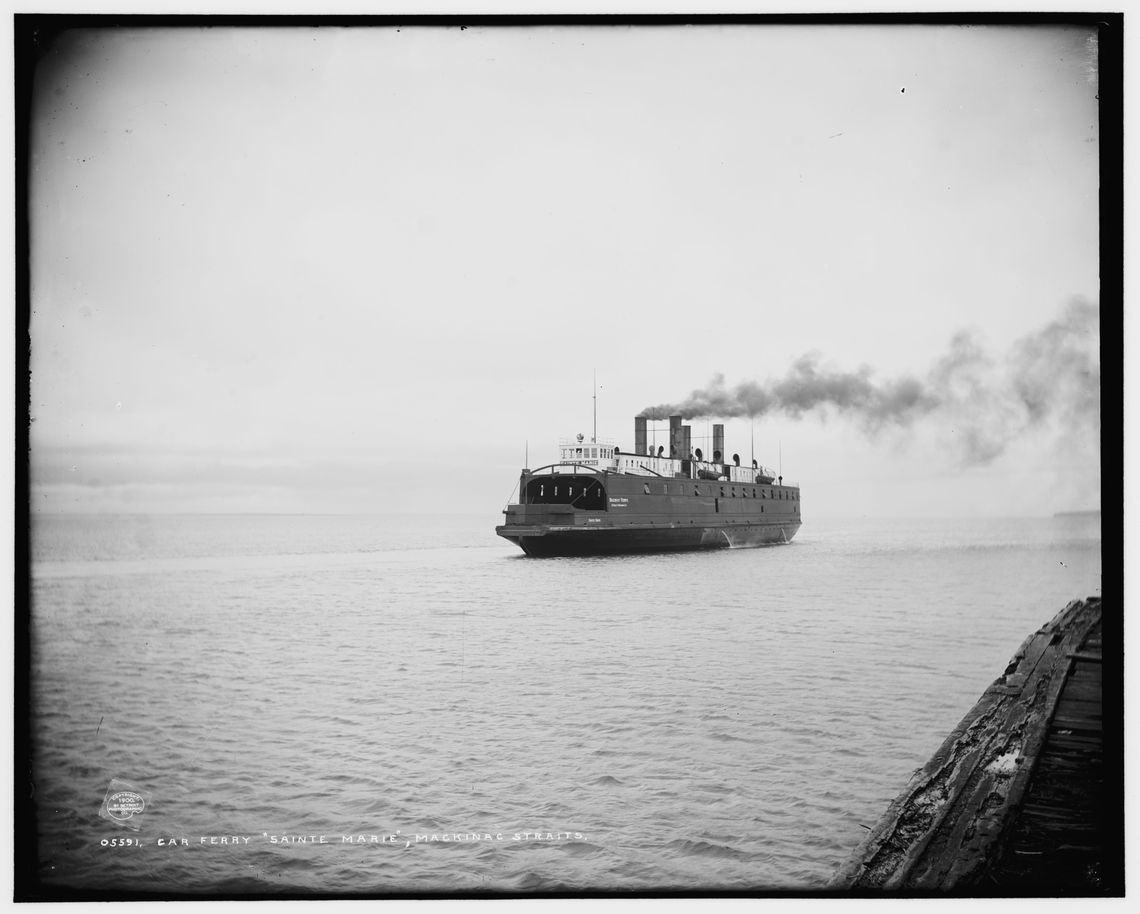


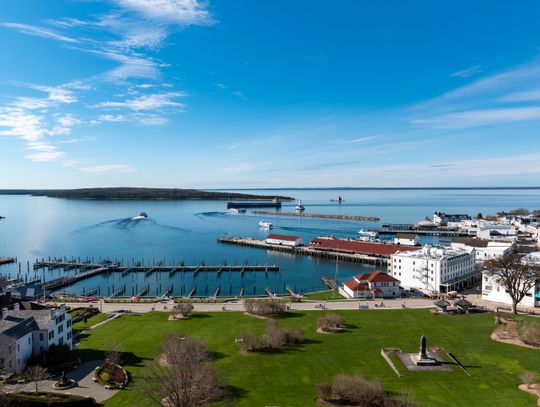
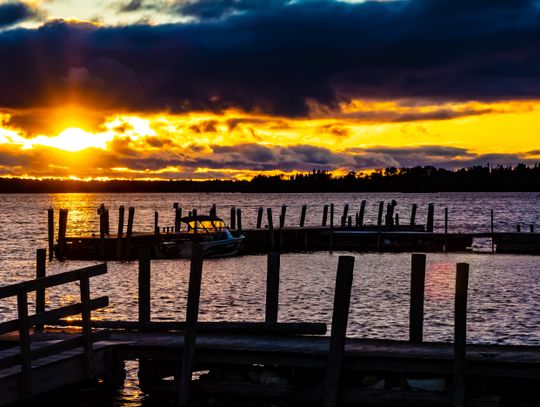
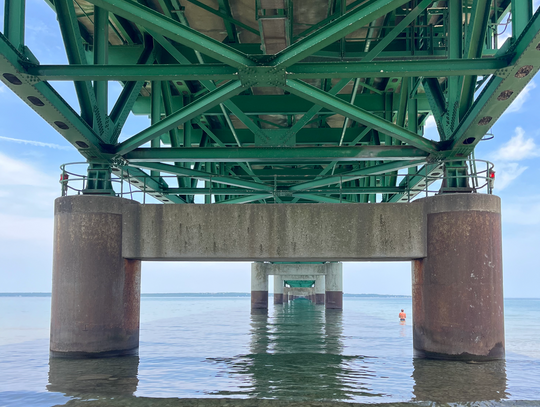

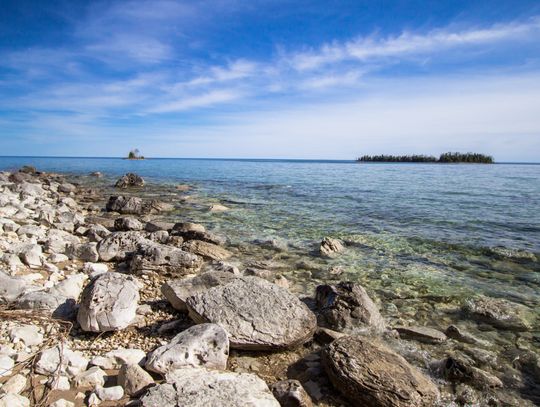



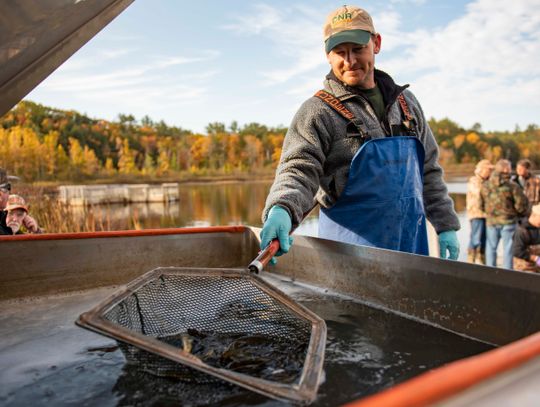
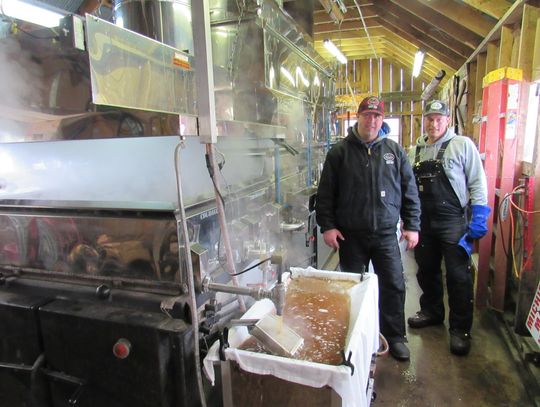

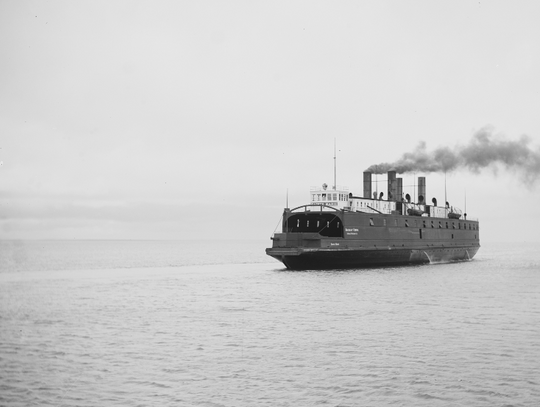
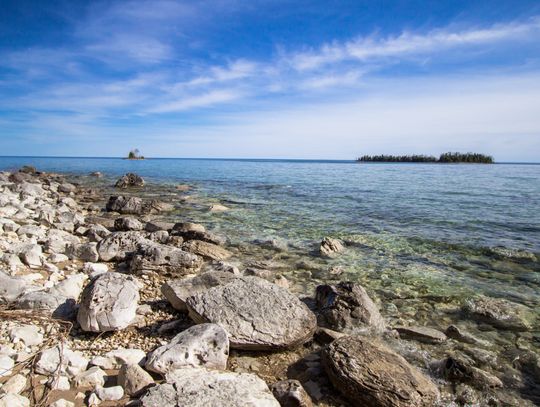

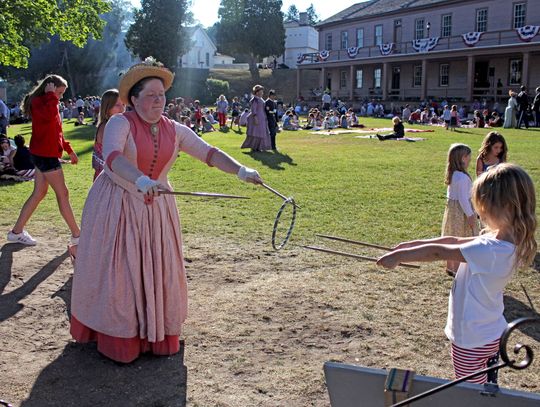
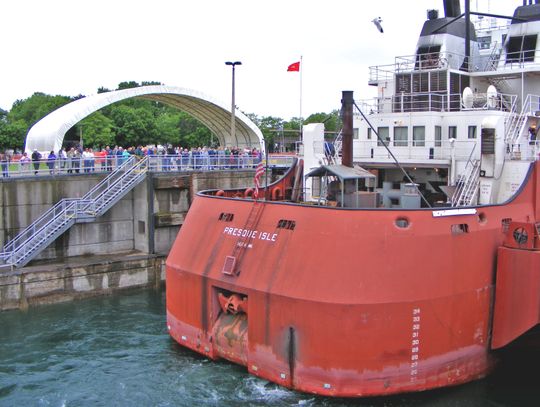
Comment
Comments